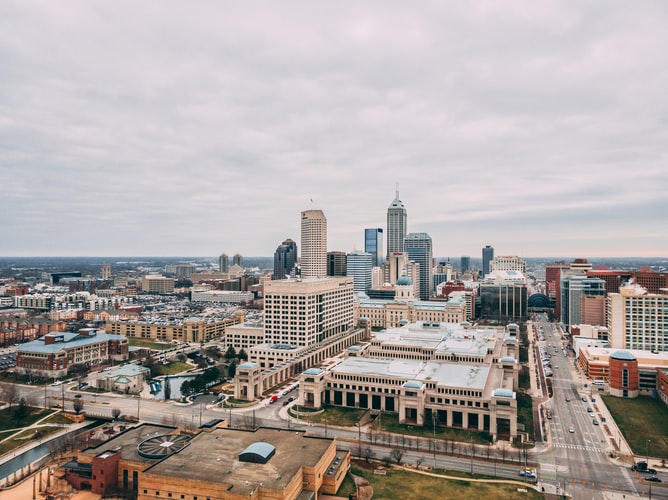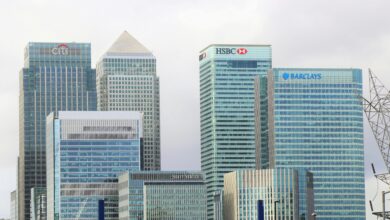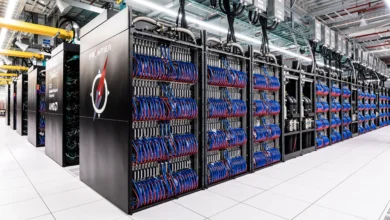
How Urbanization Impacts Public Health
Urbanization in the United States is hardly a new concept. You could even say that urbanization is the story of the United States. In a little over 200 years, the U.S. has grown from a rural, distributed confederation of states into a highly urbanized nation with a huge concentration of the population living in major coastal cities.
People have moved to large American cities for many reasons, but a big one is money. Several landmark studies in economics show that since 1820, the urban wage premium has been a “remarkably stable” 15-40% over what’s made in rural areas. Today, young people continue the urbanization of America, leaving their small towns for higher education and greater economic opportunities in large cities.
These truths hold in Indiana, where the rural population is shrinking, and 76% of the state’s total population growth of 2017 lived in incorporated cities and towns. Urbanization brings new opportunities and experiences, but it also has real impacts on public health.
What Urbanization Looks Like in Indiana
When you think of an urban area, you think of New York, Los Angeles, or even Boston and Seattle. In the Midwest, our “great city” is Chicago. Indiana doesn’t seem like a prime candidate for a study on urbanization and its impacts, but it does impact the Hoosier state in tangible ways. The impacts of urbanization can be seen in places outside of northwest Indiana, which is part of a greater Chicagoland.
An article published by the Indiana Business Review shows just how much damage urbanization has done. Between 1950 and 2007, the proportion of acreage in Indiana used as farmland shrank from 85% in 1950 to 64% in 2007 to accommodate Indiana’s growing population. Indiana had the third greatest concentration of “prime farmland,” which is federally-recognized farmland that offers the best characteristics for producing food, but between 1992 and 1997, 86.3% of that prime farmland was converted for other uses.
Of course, there’s more to the Hoosier state than just farmland. Urbanization impacts other important areas of the environment too. In the northwest part of the state, water resources are facing greater demand than ever. In a twist of irony, the Great Lakes region, with the most freshwater in the country, is facing huge rises in the cost of water, leaving some residents unable to afford access to this essential resource. Population growth in the basin, particularly in LaPorte, Porter, and Lake counties, is also straining water resources. With Coronavirus being a hot topic right now and as the last month has taught the world, a lack of water with which to wash our hands leaves people vulnerable to disease.
These issues aren’t just environmental issues. They also present existential threats to public health. The world has lost a third of its arable land in the past 40 years, which could contribute to huge food shortages by 2050. This prime farmland that has been converted into urban use is unlikely to be reconverted back to farmland in the future.
Traffic is a Huge Public Health Issue
One of the biggest public health issues facing Indiana is traffic. This issue impacts you, whether you live in one of Indiana’s cities or you commute from a small town. What’s interesting about traffic and public health is that the problem goes beyond surface issues. Long-term exposure to vehicle exhaust and the car accidents caused by heavy traffic present physical threats that can’t be ignored. Other public health threats due to traffic lurk behind closed doors as well.
Traffic also plays into an important and often overlooked aspect of mental and emotional health. One study shows that people who experience frequent traffic congestion (more than three times per week) are substantially more stressed than those who don’t. The stress is particularly high for teenagers and females. Stress also contributes to other mental and physical health issues including anxiety, obesity, and heart disease.
In addition, new studies have found that traffic stress and aggression can be linked to another public health issue: domestic violence. Domestic violence is sensitive to emotional cues like unexpected traffic. In a study of traffic and domestic violence rates, reporters at Quartz found that extreme traffic increased the likelihood of home violence by 6%.
Saying No to Urbanization is Complicated
The impacts of urbanization on public health, both directly and indirectly, are well identified, but saying “no” to urbanization isn’t as easy as it might sound. Simply saying “not in my backyard,” a phenomenon that opposes new development, can cause more harm than good, even when the intention is to improve or save a small community.
While it’s true that urbanization has a long list of negative impacts on public health, it has also done some good. It’s easier to supply basic amenities more efficiently to urban areas, including electricity and internet access as well as clean water. Carbon emissions per person also decrease in cities. Better wages in cities is also a benefit. Poverty may be more noticeable in cities, but in rural Indiana, poverty actually grew by 44% between 2000 and 2010. Being poor in rural areas can also exacerbate the consequences, which somewhat explains the rural Indiana housing crisis. It costs more to be poor outside of towns and cities, and there are fewer economical and social opportunities available to help people climb out of poverty.
Ultimately, the impact of urbanization on public health is complicated. Urbanization is part of the fabric of the United States, and there will always be a give and take regardless of the actions taken.






